Where does a work of art begin, and where does it end? While a canvas has an obvious front and back (usually the side with the stretcher), it’s not so simple with a sheet of paper. For the collector deciding which side to paste into an album, or an institution choosing which to stamp, is the recto the side first drawn on (not always obvious) or the side with the most interesting or important subject? Usually a subjective decision, the designation of recto and verso is rarely of interest to an artist, for whom it remains an open question. The recent publication of Reverses (CentreCentre), a book looking at the backs of works of paper in the V&A’s collection therefore offers a welcome change of perspective. And so I’ve been turning over the question of versos in my mind.
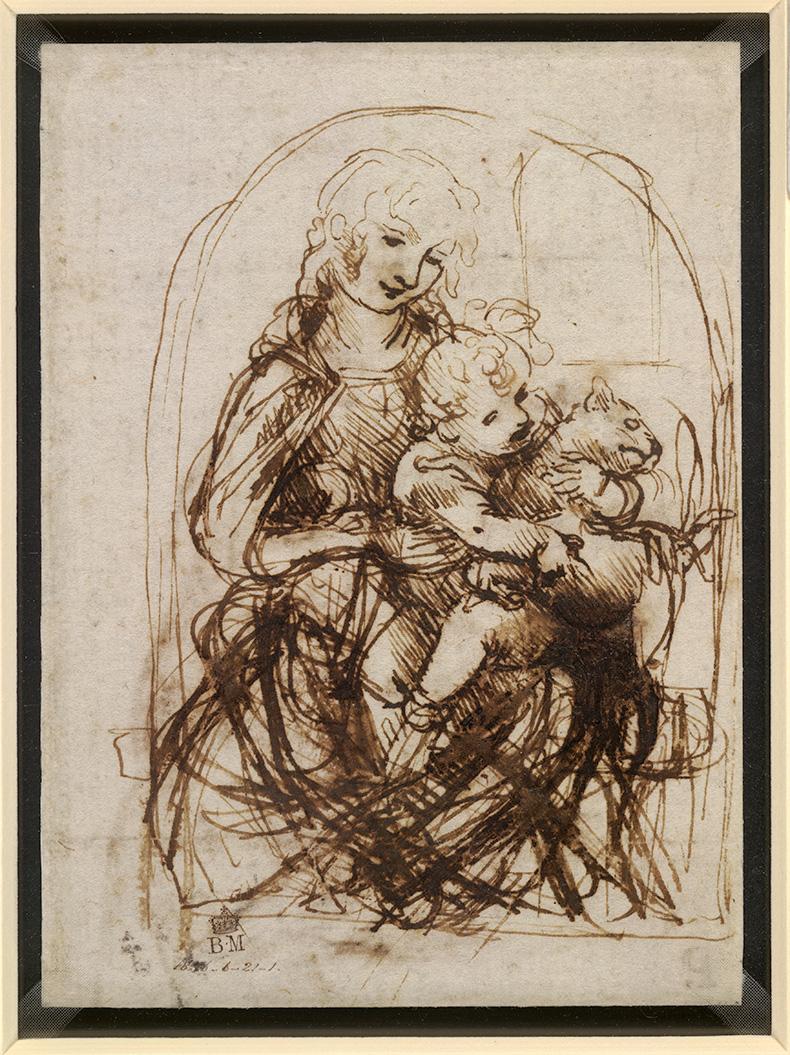
The Virgin and Christ Child with a cat (recto; c. 1478–81), Leonardo da Vinci. British Museum, London; © Photo: Trustees of the British Museum
The double-sidedness of paper is a key facet of its technology, often playing a significant role in the development of an artist’s ideas. Turning the page allows us to step into their shoes, to play witness to the creative process. On the recto of Leonardo’s drawing of the Madonna and Child with a cat (c. 1478–81), the Madonna’s legs are a maelstrom of pentimenti, which tracing on to the verso allowed him to resolve. However, in simplifying one area, he complicated another, trying three different alternatives for the Virgin’s head, indicating a preference through wash that strengthens the outline on the far right while partially obliterating the others. This alteration places the heads of the Virgin and Christ Child in a stronger diagonal arrangement, while also changing the relationship between mother and child. Leonardo recommended that artists should keep a mirror close at hand to view their compositions, rendering them unfamiliar and thus making it easier to assess their faults. Tracing from recto to verso was another way to achieve this.
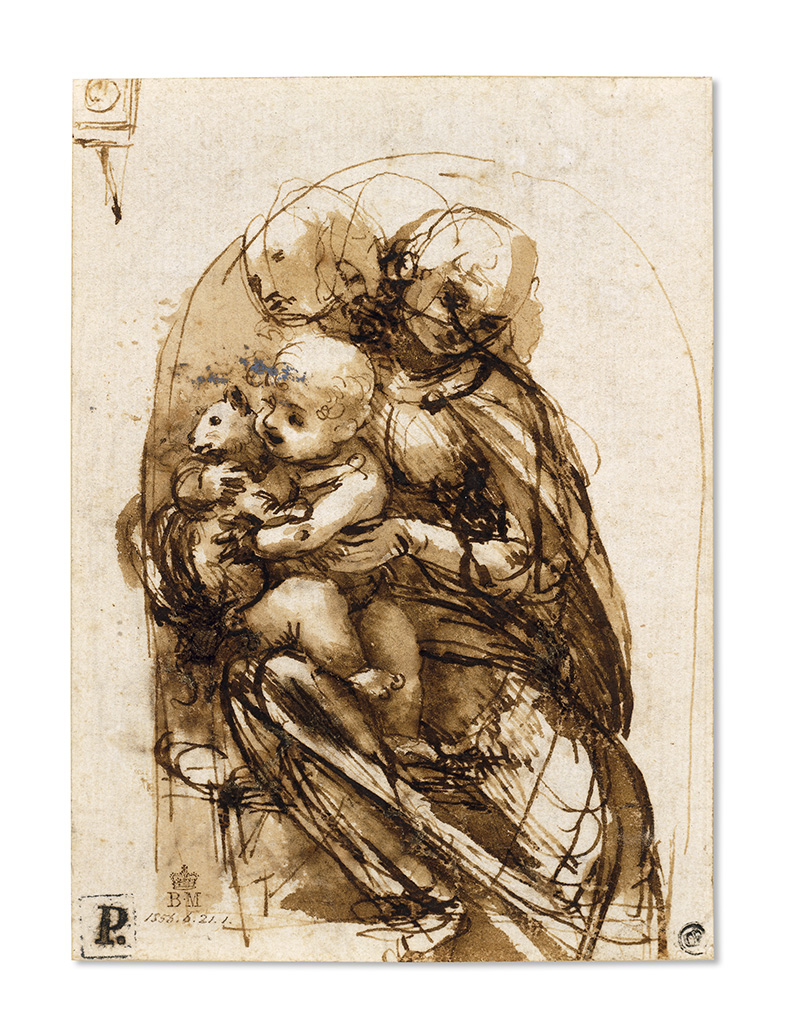
The Virgin and Christ Child with a cat (verso; c. 1478–81), Leonardo da Vinci. British Museum. Photo: © The Trustees of the British Museum
Another double-sided drawing shows Michelangelo using the reverse of the sheet to revolve an idea in his mind. On one side is a highly finished drawing of Tityus, sentenced by Zeus, for his attempted rape of Leto, to have two vultures feast on his liver for eternity. The classicist Jane Harrison noted that ‘to the orthodox worshiper of the Olympians’ Tityus was ‘the vilest of criminals’, which makes his transformation even more surprising. By tracing and turning him ninety degrees, Michelangelo turned Tityus into the risen Christ, his foot on the lid of the tomb, his hand pointing to heaven. Given the naturalness of Christ’s pose and the contortions of Tityus’s, it has been suggested that perhaps Tityus, rather than Christ, was the tracing. Either way such a drawing illustrates the flexibility of Michelangelo’s imagination, which could see new opportunities in the most unlikely places, but also demonstrates the power of double-sided drawing and its potential for metamorphoses and reversals.
Highly personal, sometimes poignant and occasionally eccentric, versos also offer rare glimpses into the daily lives of artists, containing everything from recipes and shopping lists to fragments of poetry. On the reverse of studies for Saint Stephen Being Led to his Martyrdom, the Spanish artist Juan de Juanes recorded a seemingly random assortment of oddments including the correct proportions for depicting Saint Jerome, a Latin epigram about love, a recipe for mordant and an illustrated explanation of how to measure the distance across a river.
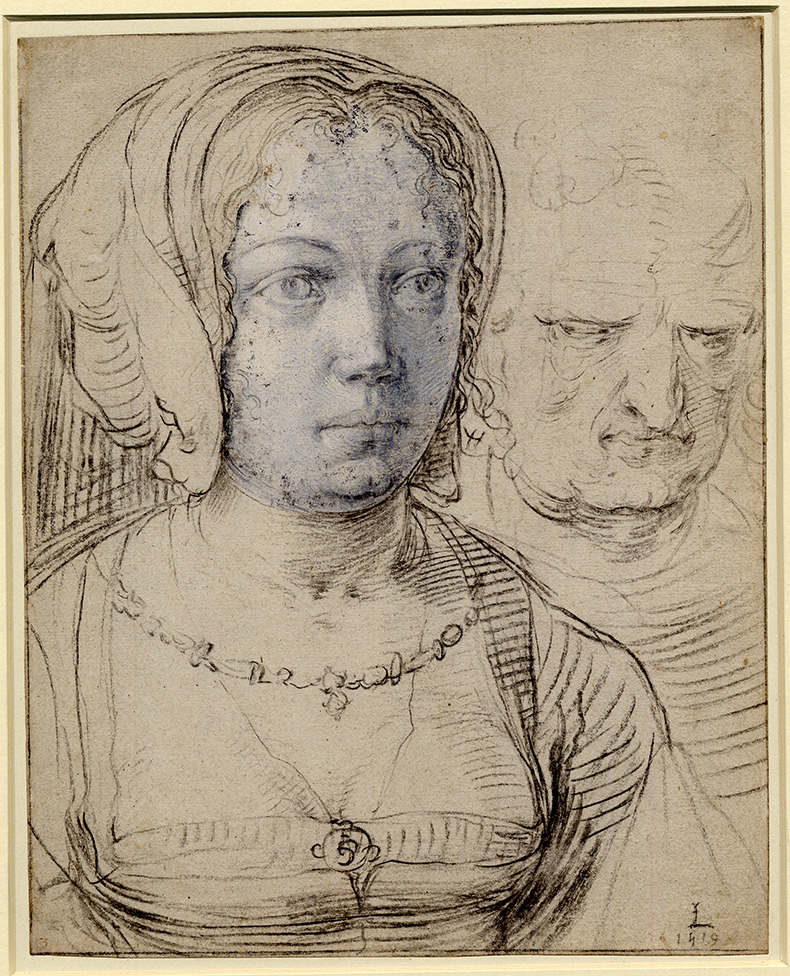
A Young Woman with the Head of a Man Behind (1519), Lucas van Leyden. British Museum, London. Photo: © The Trustees of the British Museum
Sometimes versos speak of the long and varied lives of drawings in the workshop. A sensitive chalk portrait by Lucas van Leyden was recently lifted to reveal sketches by a later 16th-century hand, which include creeping insects and a triton. These spontaneous outpourings seem to fly in the face of the reverence with which such drawings would be treated today, but speak to their function as stock-in-trade, passed down through generations as useful models to draw on both figuratively and literally.
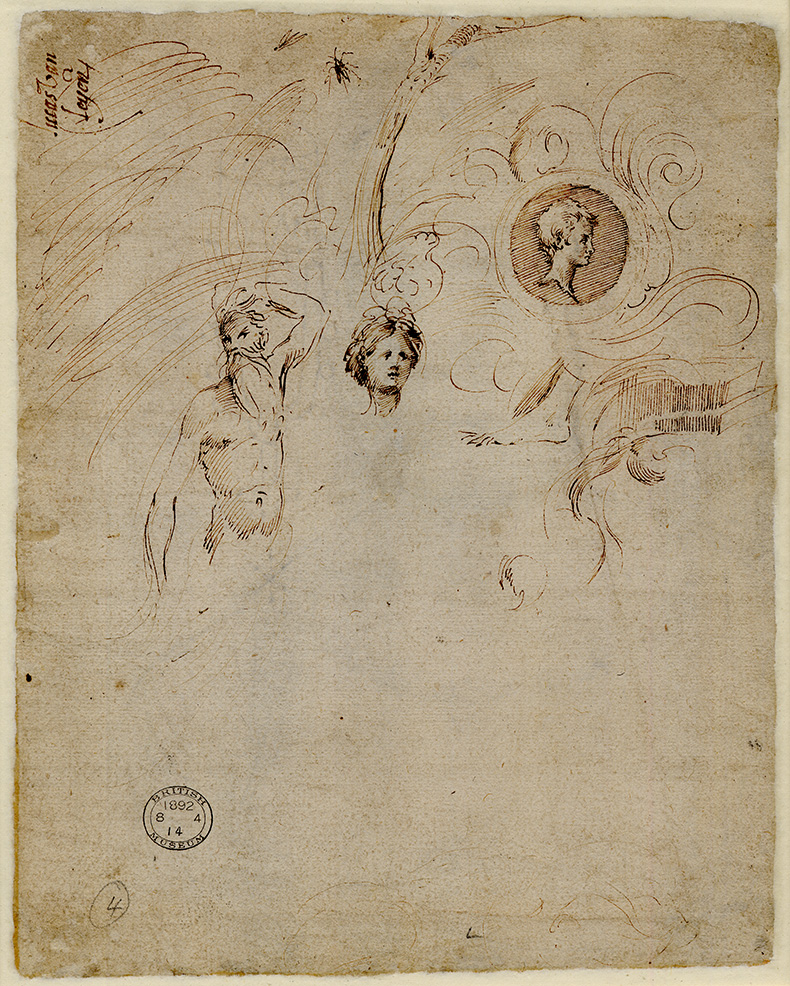
A Triton, the Head of a Young Woman and a Medallion with the Head of a Boy (verso; later 16th century), Lucas van Leyden. British Museum, London
While preparing The Fall of the Rebel Angels fresco commissioned around 1616 for the chapel of the Palazzo Quirinale in Rome, Andrea Commodi reached for the nearest scrap of paper which happened to be the outer sheet of a letter. In this ‘back of an envelope’ sketch, the angels twist and tumble around the letter’s address and wax seal as they might accommodate architectural elements of a fresco. Of a further 17 studies for this project, three are on the outer sheets of letters. More than four centuries later, when Roger Hilton was confined to bed by illness during the last two years of his life, his ‘night letters’ to his wife, the painter Rose Hilton, careen between writing and drawing, love notes and nudes, tripping easily across both sides of the sheet. Gestural bodies are interleaved with demands for supplies, artistic and alcoholic, and endless shopping lists resembling imagist poems: ‘Radishes. Matches not with red tips. New lighter and Ronsonol. Chestnuts.’
On the reverse of a study by the architect and designer Inigo Jones we find a calligraphic male nude alongside the artist’s signature. In between the two, the outline of a muscled knee echoes the flourish of the initial ‘I’. It is tantalising to try and establish the drawing’s choreography: if the curls of the muscled nude suggested the signature or vice versa. Whether a flight of fancy or perhaps just testing out a new nib, in a history of art that values drawings for their teleological relationship to finished works, sketches such as this receive scant attention.
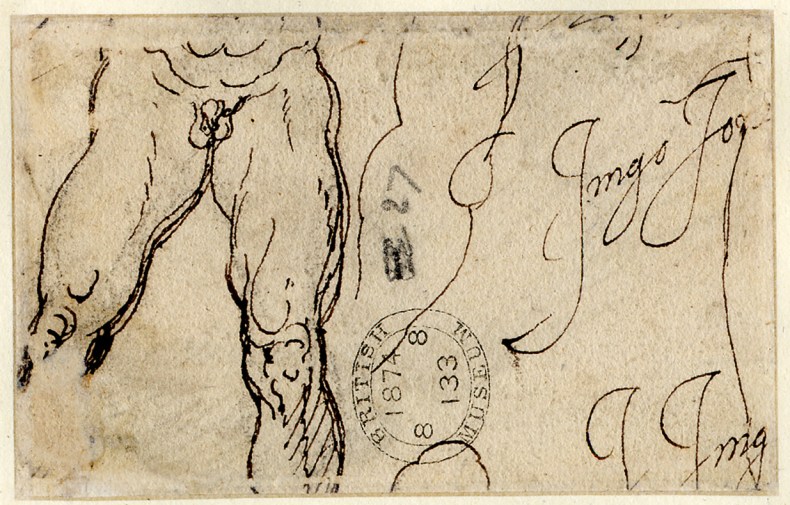
Study of a pair of legs (c. 1573-1652), Inigo Jones. British Museum, London.
Yet such drawings offer a powerful testament to the power of associative thinking, drawing’s space for playfulness, the nonsense rhymes and noodling that can be the vital breeding ground of a creative practice. Versos can contain revelations, such the Van Gogh self-portrait recently discovered on the back of a Head of a Peasant Woman (1885) in Edinburgh, but they can also be mundane, a peek into the minutiae of the artist’s every day and no less illuminating for it.
Isabel Seligman is curator of modern and contemporary drawing at the British Museum.
Unlimited access from just $16 every 3 months
Subscribe to get unlimited and exclusive access to the top art stories, interviews and exhibition reviews.

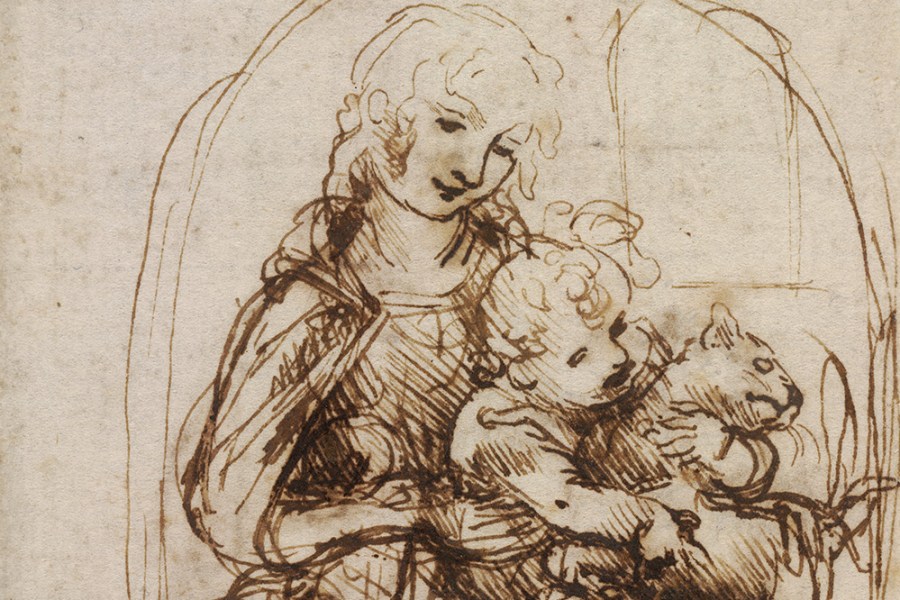
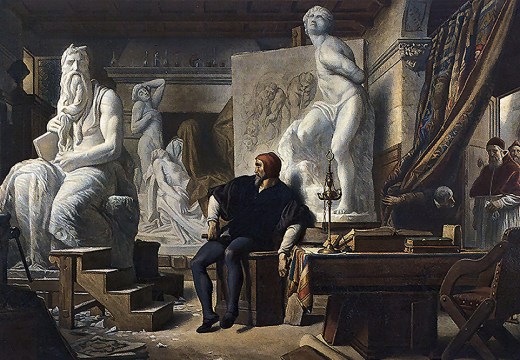
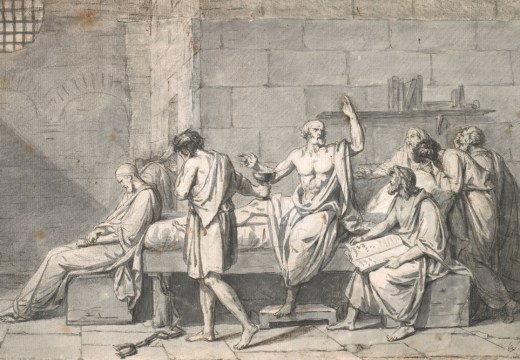
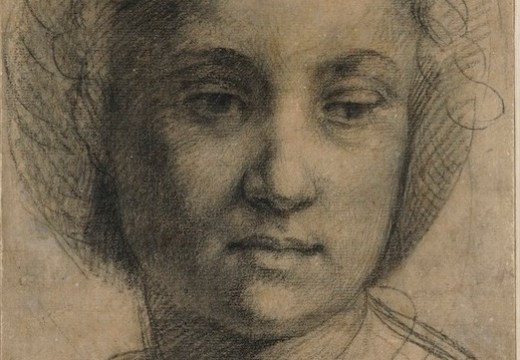









![Masterpiece [Re]discovery 2022. Photo: Ben Fisher Photography, courtesy of Masterpiece London](http://www.apollo-magazine.com/wp-content/uploads/2022/07/MPL2022_4263.jpg)
It’s time for the government of London to return to its rightful home